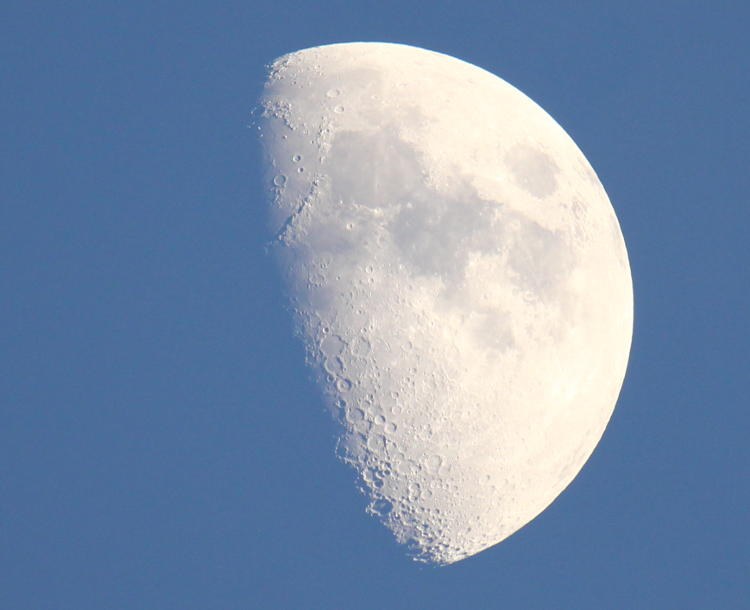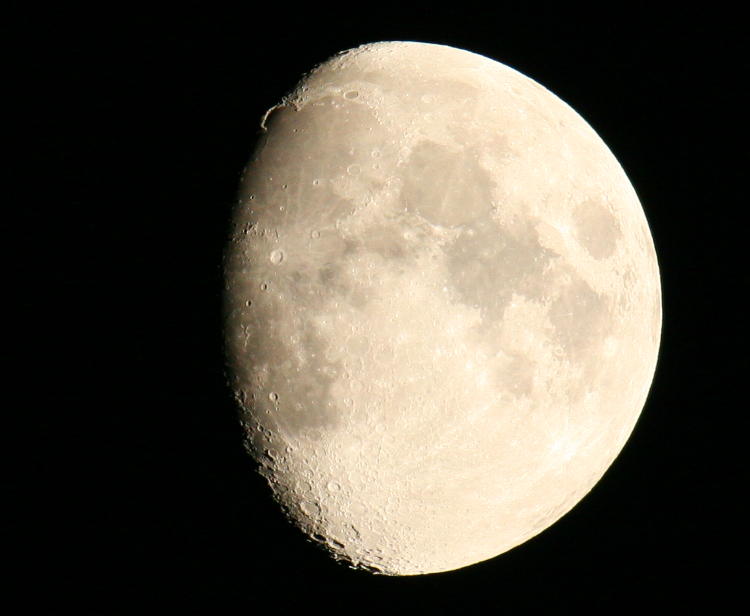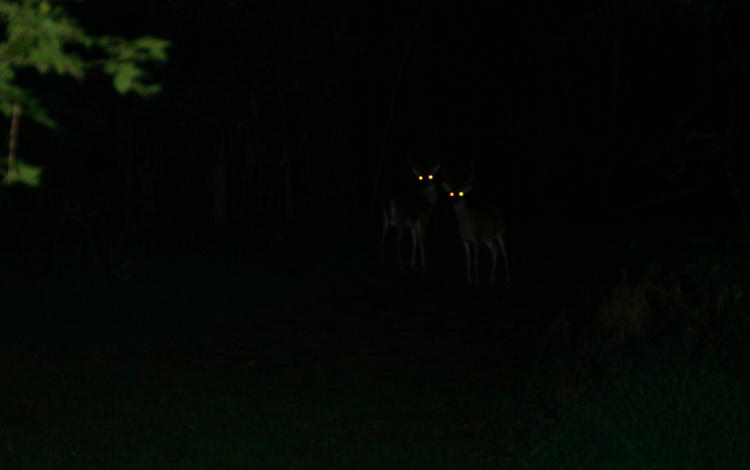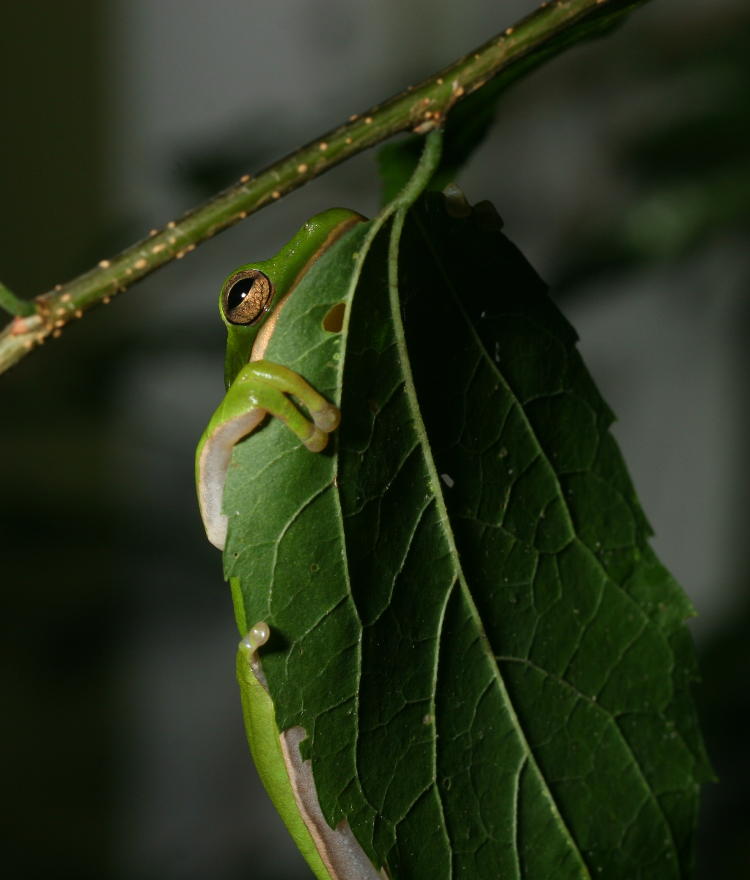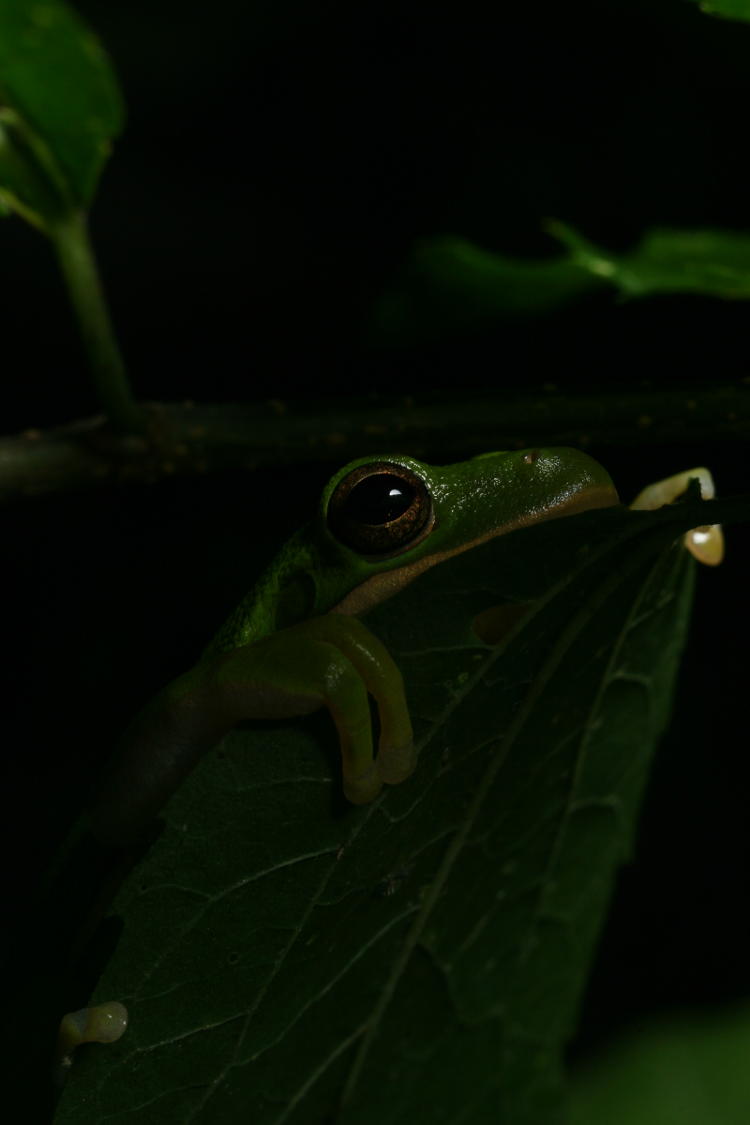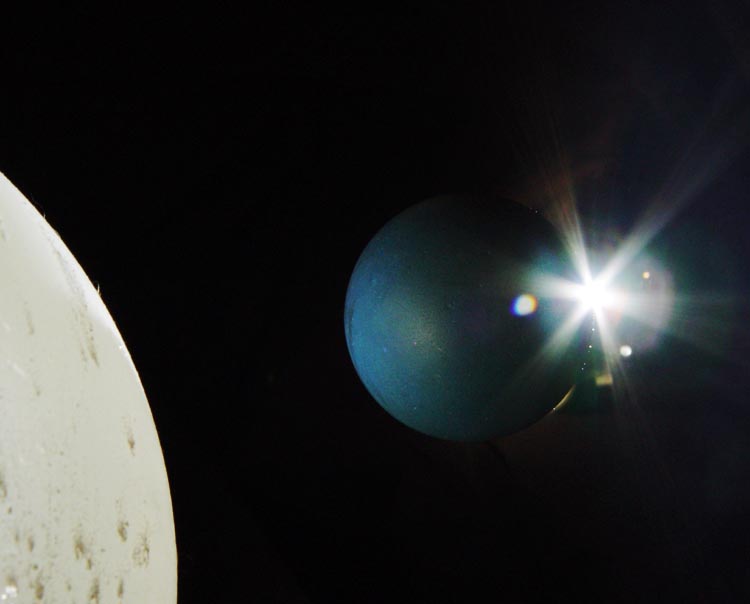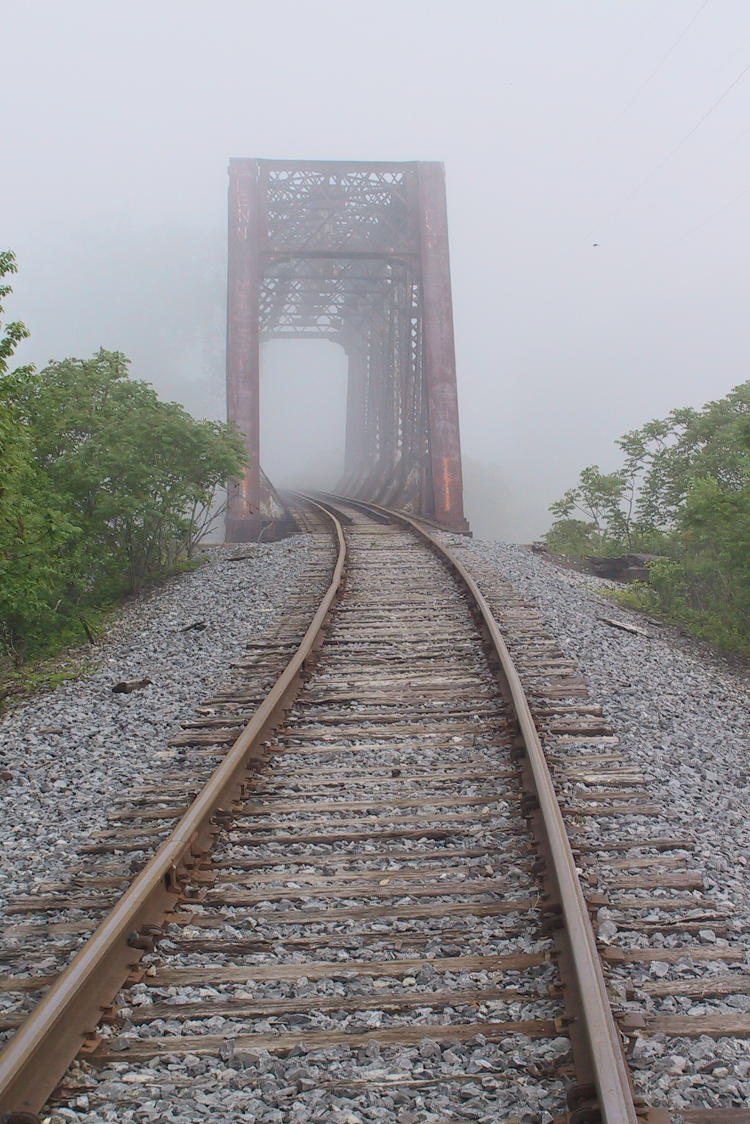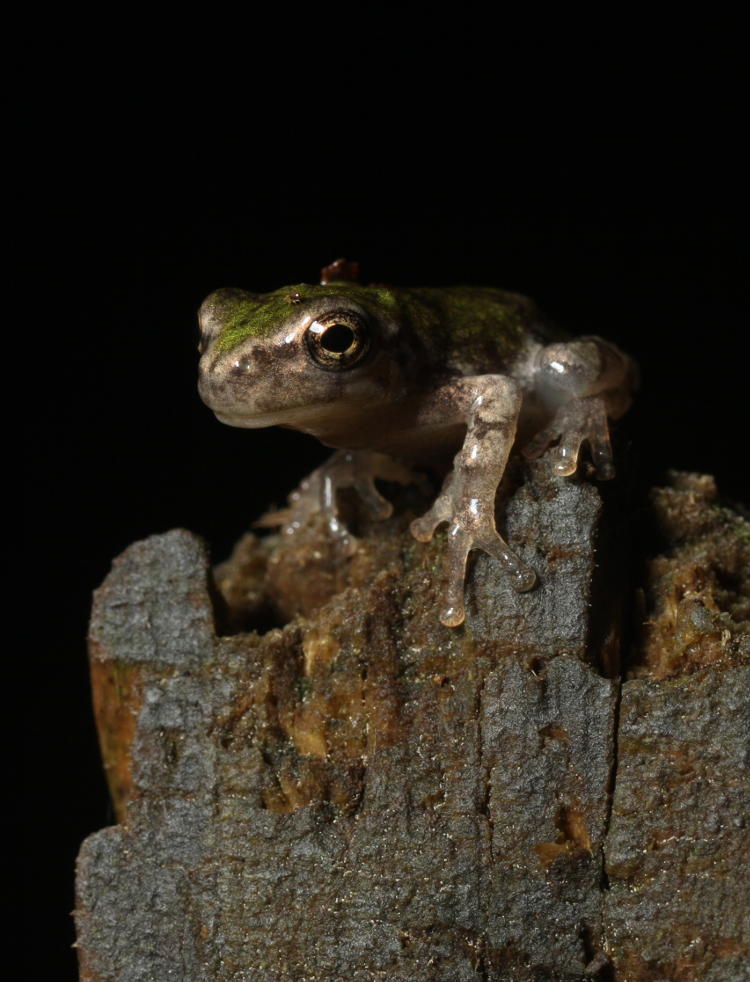Unfortunately, despite this number, I neglected to tell you about them ahead of time, for which you may kick me in the shin when you see me next. But until that assault, let’s take a look at some of the holidays we just passed, shall we?
First off, August 8th through the 15th was Go Without Internet Week – don’t ask me why it ran from a Thursday to a Thursday, because I sure as hell wouldn’t have set it up that way. I was still able to celebrate it quite handily because I couldn’t get a connection wherever I was. The posts that appeared then were scheduled ahead of time, because I at least anticipated the holiday, as well as the inordinate number of people who would openly ignore it and wonder why I wasn’t. Ha! That’s how you play the game right!
Friday, August 9th was Get Stuck On A Roller Coaster Day, which we celebrated about 2/3 of the way up the first hill on Millennium Force in Cedar Point in Ohio. Nice view up there, even if it had to be enjoyed at a 45° angle.
Saturday, August 10th was Stuff Wood Mulch Into Your Pants Day. Honestly, I don’t know who comes up with these, but they must have felt it was important, so far be it from me to eschew such traditions. While doing this manually is of course acceptable, we decided to go more elaborate and use a zip line to accomplish this. More later.
Sunday, August 11th was Story Game Day. I’ve already explained what this is.
Monday, August 12th was Stay Overnight In A Gatsby Mansion Day. I actually celebrated this for a few days, courtesy of Jay himself, so many thanks to him. He. Whatever.
Tuesday, August 13th was Lake Guns Day, and I’ve explained this before too. Early that morning, I’m fairly certain I heard them again, twice, for the first time in decades. There’s a reason that I featured the previous Storytime image, even if I was already out of the region when it posted.
Thursday, August 15th was Drive Through Horrendous Tornado Conditions But Keep Going Because The Trip Is Already Taking Too Goddamn Long Day. Not the easiest holiday to observe, but we were all over it.
Sunday, August 18th was International Curse At Green Birds Day. I let my brother handle this one and he was quite adept at it, but he’s a big fan of all the cursing holidays, even more than I am (if you can believe that.)
I think that covers it, but if there are any holidays that I missed in there, let me know. I’ll be back in a little bit with more wildly inspirational and uplifting content, and perhaps even a pic or two.























































